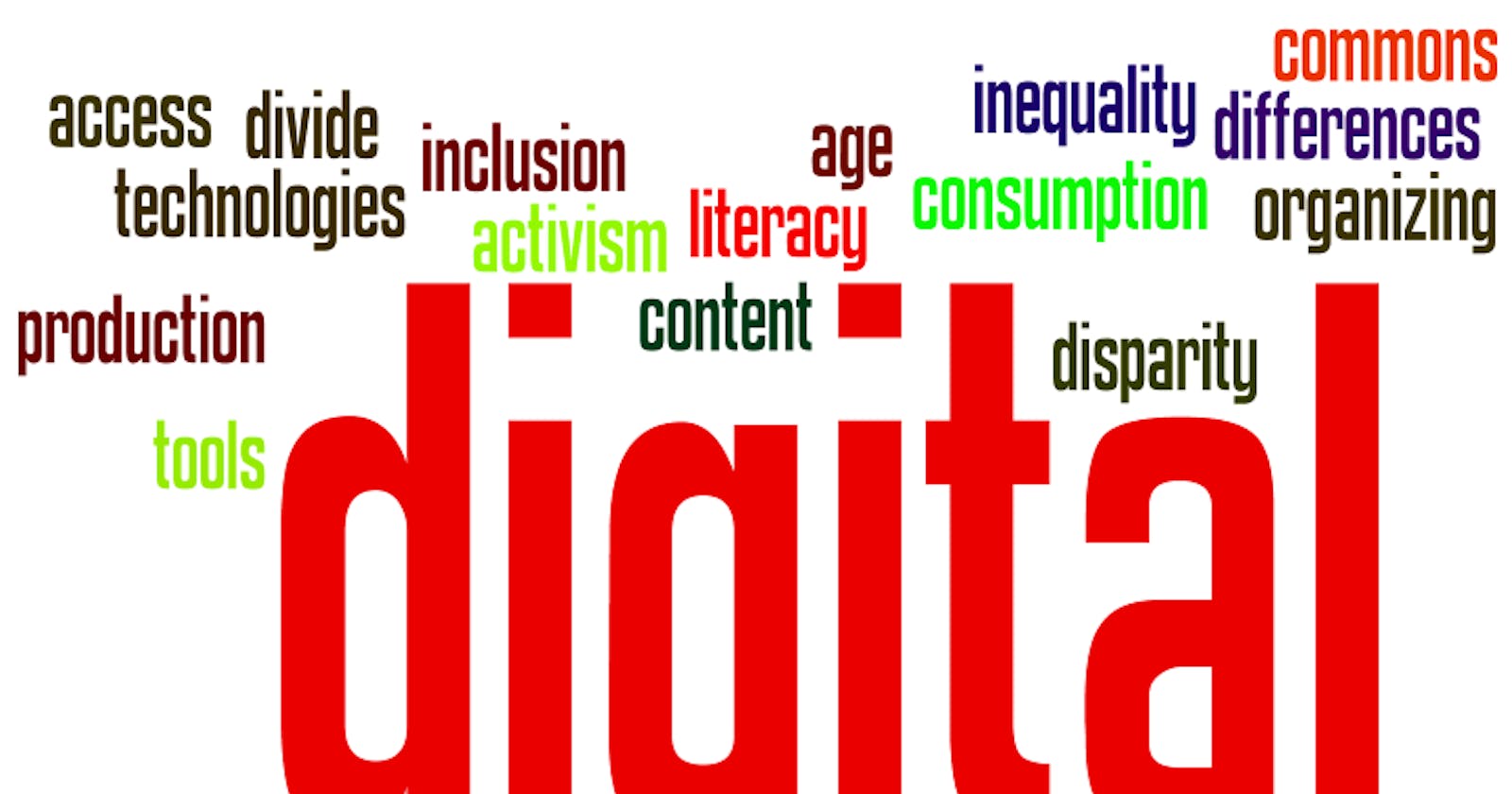Information and communications technology (ICT) has made digital literacy in all sectors of society important and urgent. Because of the wide gap between those who have easy access to the internet and those who do not, popularly known as the “digital divide”, universal access is more important than ever. As the internet becomes increasingly embedded in the lives of individuals, communities and commerce, it is more critical than ever before to ensure digital literacy for everyone.
The concept of Digital Inclusion is a method of addressing issues related to digital literacy and access to ICT. One definition of digital inclusion, per The Institute of Museum and Library Services, is “the ability of individuals and groups to access and use information and communications technologies.”
Digital inclusion is meant to be a practical, policy-driven approach that addresses the needs of individuals and communities as a whole. It encompasses not only access to the Internet but also the availability of hardware, software, digital content and services, and maybe most importantly, training for the digital literacy skills required for effective use of information and communication technologies.
Digital inclusion is like a blueprint for addressing and guiding the readiness of communities to fully embrace the digital age. Being a full participant in this new technology will enrich the lives of individuals and communities as a whole and make sure that no one is left behind.
The terms Digital Inclusion and Digital Equity are sometimes used interchangeably, but they mean completely different things.
According to the National Digital Inclusion Alliance, there is a difference between Digital Equity and Digital Inclusion:
“Digital Equity is a condition in which all individuals and communities have the information technology capacity needed for full participation in our society, democracy and economy. Digital Equity is necessary for civic and cultural participation, employment, lifelong learning, and access to essential services.
Digital Inclusion refers to the activities necessary to ensure that all individuals and communities, including the most disadvantaged, have access to and use of Information and Communication Technologies (ICTs). This includes 5 elements: 1) affordable, robust broadband internet service; 2) internet-enabled devices that meet the needs of the user; 3) access to digital literacy training; 4) quality technical support; and 5) applications and online content designed to enable and encourage self-sufficiency, participation and collaboration. Digital Inclusion must evolve as technology advances. Digital Inclusion requires intentional strategies and investments to reduce and eliminate historical, institutional and structural barriers to access and use technology.”
The longer some segments of our society are excluded by the digital divide, the greater the cost for society. Without access, full participation by citizens in nearly every aspect of society — from economic success and educational achievement to positive health outcomes and civic engagement — is compromised. The haves have more and the have-nots have less.
As the digital revolution intensifies and grows, governments, non-profits and businesses will have to extend access to ICT very broadly. It is the only way forward to creating a more enabling and competitive global society. The United Nations has identified the internet as a basic human right that should be extended to all citizens of the world. In particular, the agency has adopted “online freedom” as a basic right that must be nurtured by all nation-states.

